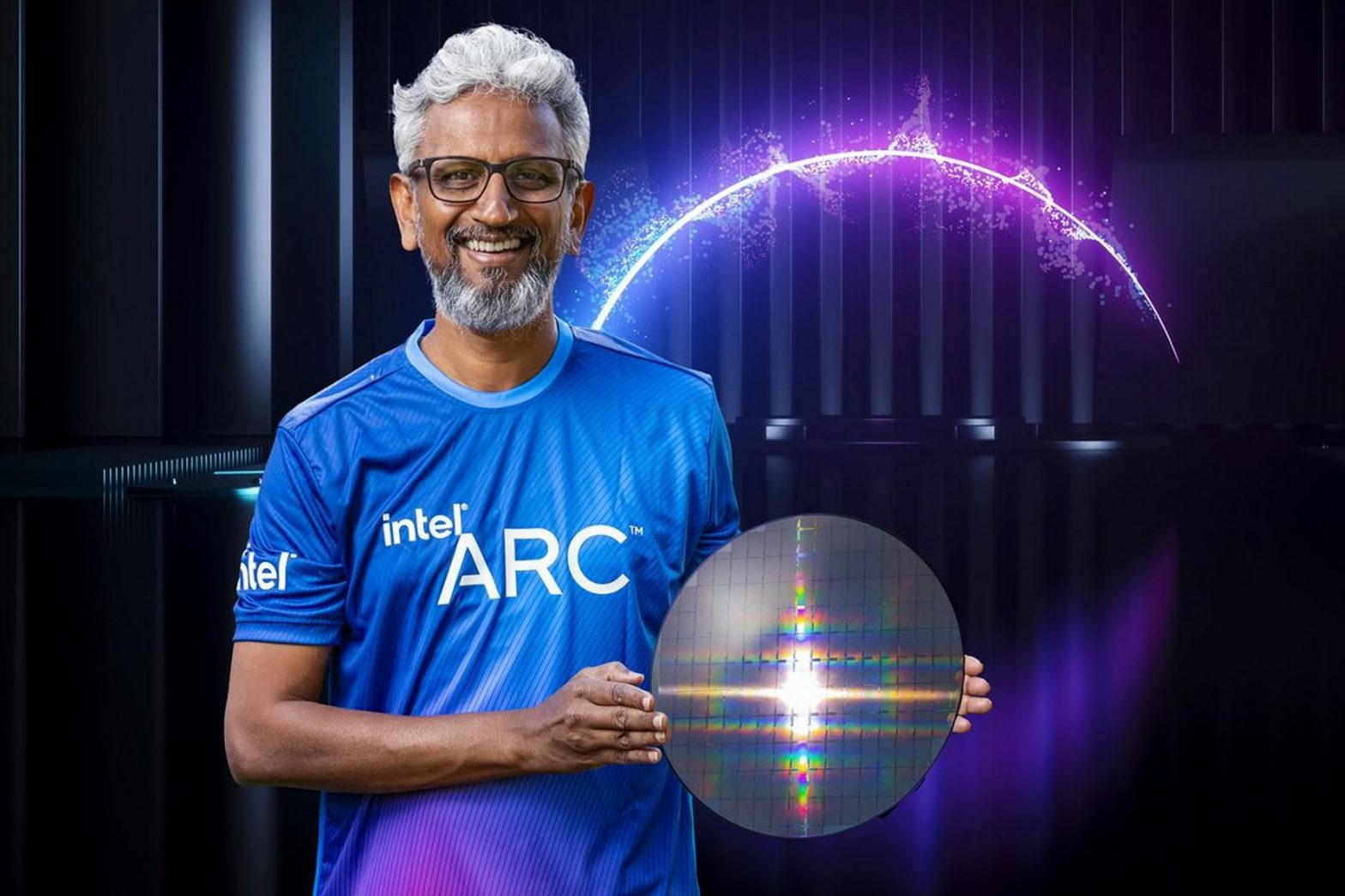/
Intel’s Arc GPUs have yet to truly impress, but perhaps they still might.
:format(webp)/cdn.vox-cdn.com/uploads/chorus_asset/file/24526247/intel_raja_koduri_graphics.jpg)
After five years attempting to make Intel into a competitor for Nvidia and AMD in the realm of discrete graphics for gamers and beyond — with limited success — Raja Koduri is leaving Intel to form his own generative AI startup.
Intel hired him away from AMD in 2017, where he was similarly in charge of the entire graphics division, and it was an exciting get at the time! Not only had Intel poached a chief architect who’d just gone on sabbatical but Intel also revealed that it did so because it wanted to build discrete graphics cards for the first time in (what would turn out to be) 20 years. Koduri had previously been poached for similarly exciting projects, too — Apple hired him away from AMD ahead of an impressive string of graphics improvements, and then AMD brought him back again in 2013.
Intel has yet to bring real competition to the discrete graphics card space as of Koduri’s departure. You couldn’t buy its first attempts, and we called its first commercial gaming GPUs “impressive but early,” while noting driver issues and one missing feature when they arrived in late 2022. So far, they only make sense for mainstream 1080p gaming — and only then because Intel priced them well. Intel set expectations low for those cards, and it’s a good thing it did. But the company has a long GPU roadmap, so it’s possible things get better and more competitive in subsequent gens. It took a lot longer than five years for Nvidia and AMD to make it that far.
By the time Koduri left, he wasn’t just in charge of graphics but also Intel’s “accelerated computing” initiatives, including things like a crypto chip.
Now, according to Intel CEO Pat Gelsinger’s tweet, he’ll be helming a startup creating software “around generative AI for gaming, media & entertainment.”
